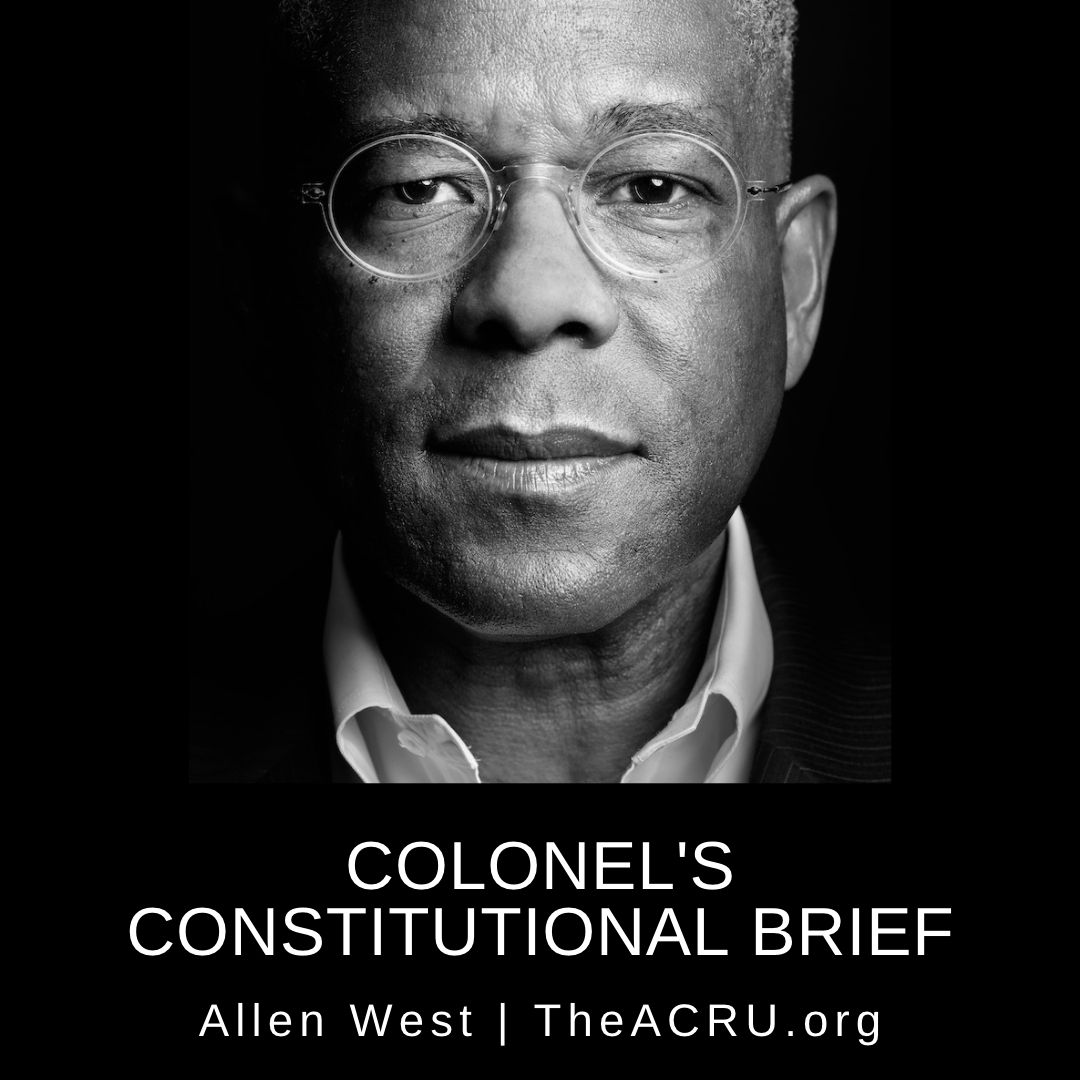Horace Cooper: Bush v. Gore Redux?
ACRU Staff
January 28, 2009
This column originally appeared in the Washington Times on January 28, 2009.
Sen. Norm Coleman’s campaign is charging that cheating has occurred in Minnesota, where Al Franken has mysteriously pulled ahead in a recount of the U.S. Senate race.
The Coleman campaign’s lawsuit, filed on January 6, uses strikingly similar arguments to those successfully raised by the Bush campaign against Al Gore in November 2000.
The suit says that “irregularities, mistakes, and violations of law” by the state canvassing board resulted in Franken being certified erroneously as the election winner. Vote counting irregularity was a key issue in the landmark Bush v. Gore decision in 2000. The U.S. Supreme Court ruled then that, “the recount mechanisms implemented in response to the decisions of the Florida State Supreme Court do not satisfy the minimum requirements for nonarbitrary treatment of voters….”
According to the Coleman campaign, the systemic nature of irregularities during the Minnesota recount violates equal protection principles enunciated in Bush v. Gore.
In some precincts, ballots were “double counted” because originals and duplicates were not matched up. Instead of excluding these ballots, the Minnesota Supreme Court ruled that the challenges could be re-examined only after the canvassing board declared a winner. Also, election officials accepted a large number of absentee ballots even though the people who cast them: a) were not properly registered in Minnesota; b) had voted in person, or c) had voted absentee in another precinct.
Additionally, the Coleman campaign asserts, ballots were accepted that were “mutilated, defaced, obliterated” to where the voter’s intent could not possibly be ascertained.
Most troublesome were the ballots suddenly “found” during the recount, including a batch that turned up in a car trunk. In some precincts, the newly “found” ballots increased the total number of cast votes to exceed the total number of people who voted.
It’s all eerily reminiscent of Florida’s exercise in selective recounting in 2000. Not all counties recounted ballots, and questions abounded as to how the ballots were re-validated. Ballots that were intended to be perforated by a stylus were either, through error or deliberate omission, not perforated properly. In some counties, a “hanging chad,” or mostly perforated ballot, was counted as a vote. In other counties, indentations or impressions alone sufficed. The standards for accepting a ballot varied not only from county to county but even from recount teams within a given county.
An egregious example: In Palm Beach County, officials at first followed a decade-old rule precluding the counting of “dimpled chads,” then switched midway to a method of measuring light shining through the holes. Before the recount was over, they switched back to the 10 year-old rule.
The Court found that these arbitrary, inconsistent standards violated the 14th Amendment’s guarantee of equal protection: “Having once granted the right to vote on equal terms, the State may not, by later arbitrary and disparate treatment, value one person’s vote over that of another.” And as the Court also noted, state recounts “require not only the adoption (after opportunity for argument) of adequate statewide standards for determining what is a legal vote, and practicable procedures to implement them, but also orderly judicial review of any disputed matters…..”
As of January 20, the Minnesota State Canvassing Board has failed to adhere to this constitutional standard, allowing double counting, absentee ballots from ineligible voters and mysterious ghost ballots — all varying from precinct to precinct.
Minnesota voters are being denied the assurance that the actual winner prevailed. This is unconstitutional, not to mention just plain wrong.
Horace Cooper is a senior fellow with the American Civil Rights Union (www.theacru.org).
JOIN ACRU's PATRIOT CLUB






